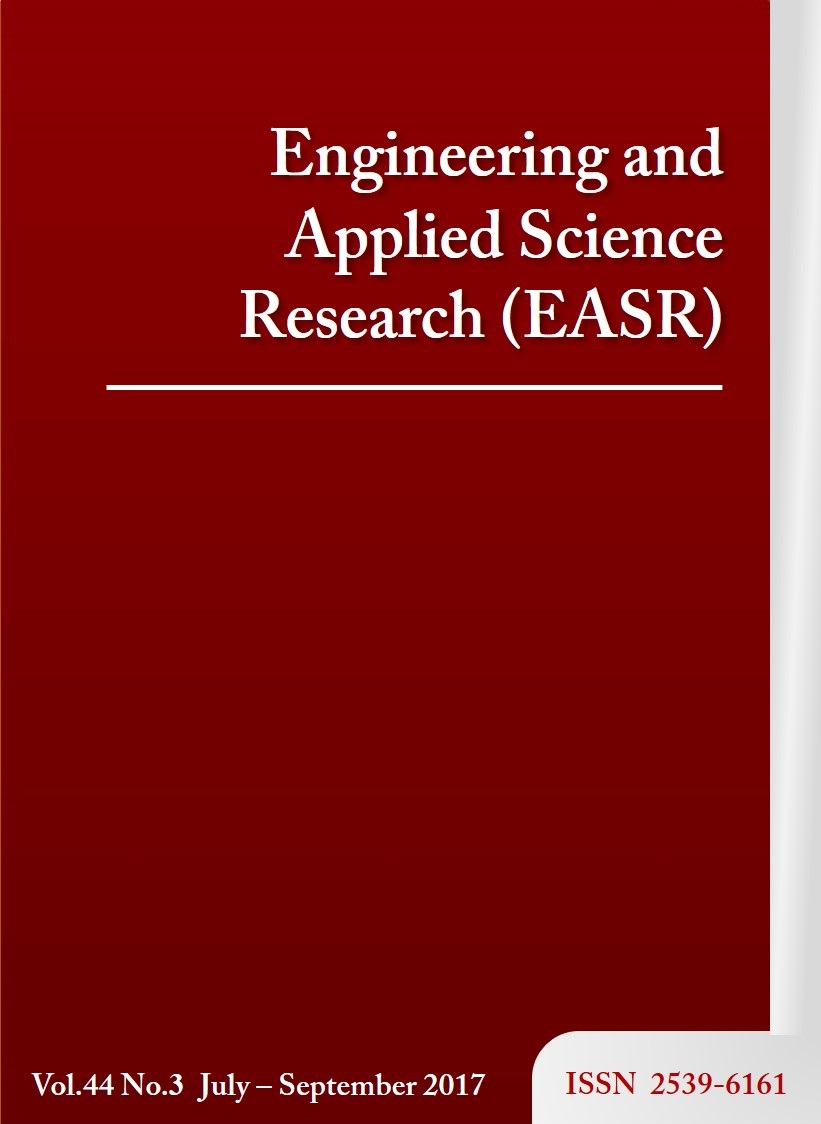Perspective on an urban transportation strategy with BRT for developing cities
Main Article Content
Abstract
A Bus Rapid Transit (BRT) system is one of the best strategies for urban transportation, especially in developing cities, mainly because of its cost-efficiency. Starting from Curitiba, Brazil in 1974, including Bogota, Colombia in 1999, many cities in Latin American Countries have implemented a BRT system. In almost all cases, BRT systems are working as a reliable high capacity service. In some cases, BRT systems are well coordinated with an urban transportation strategy framework and/or an urban planning strategy framework, integrating other transportation modes and land uses. Alternatively, there have been very few cases of BRT systems in Southeast Asian countries. Many cities considering implementation of BRT systems do not consider other urban transportation strategies such as Transit Oriented Development (TOD). The objective of the paper is to discuss the perspective of a BRT for developing cities. First, the paper reviews the history of BRT systems followed by a field survey of the results in Curitiba, mainly from an urban transportation and planning strategy point of view. Second, multimodal and inter-modal aspects are discussed, where the relationship with city buses, a balance between private car use and parking policies are emphasized. Third a framework of urban bus planning, management and operation is discussed considering the roles of public and private sectors based on the experiences of several developed cities. Finally, in terms of an urban planning strategy, reviewing the original and applied concepts of TOD, the authors discuss how a TOD strategy could work with BRT systems. The authors address the possibilities and limitations of BRT systems, especially in developing cities. More specific implications are presented in the case of medium sized cities of Southeast Asian countries.
Article Details
This work is licensed under a Creative Commons Attribution-NonCommercial-NoDerivatives 4.0 International License.
References
Nakamura F, Toyama Y, Tanaka S. A comprehensive review of BRT projects in Latin America and its implication to Southeast Asian cities. The 19th National Convention of Civil Engineering; 2014 May 14-16; Khon Kaen University, Thailand. Khon Kaen: Khon Kaen University; 2014.
Nakamura F, Toyama Y, Tanaka, S, Wang R. (2013). BRT perspectives as a sustainable transport mode in developing cities. The 3rd International Symposium on Engineering, Energy and Environment; 2013 Nov 17-20; Thammasart University, Thailand. Bangkok: Thammasart University; 2013.
Toyama Y, Nakamura F. (2013). A study on BRT applicability on large cities in developing countries. The 13th World Conference on Transport Research (WCTR); 2013 Jul 15-18; Rio de Janeiro, Brazil; 2013.
Wright L, Hook W, editors. Bus Rapid Transit Planning Guide. USA: Institute for Transportation Development Policy; 2007.
Hensher DA, Thomas FG. Bus Rapid Transit Systems: a comparative assessment. Transportation. 2008;35(4): 501-18.
U.S. Department of Transportation. Bus Rapid Transit Options for Densely Developed Areas. USA: Office of the Secretary Federal Highway Administration Urban Mass Transportation Administration; 1975.
Website of EMBARQ [Internet]. USA: Word Resource Institute. Available from: http://www.embarq.org/
Website of Transmilenio [Internet]. Columbia: TRANSMILENIO. Available from: http://www.trans milenio.gov.co.
Menckhoff G. (2011). Some comments on proposed BRT scoring system [Internet]. USA: Institute for Transportation Development Policy; [cited 2016]. Available from:http://www.itdp.org/documents/BRTscoring_system_PT_summit_June_2011-final_-_Gerhard_Menckhoff.pdf, 2011
Federal Transit Administration. Characteristics of BUS RAPID TRANSIT for Decision-Making. Washington: FTA; 2009.
Yabe T. A Study on Planning Process for Bus Rapid Transit System. Japan: Yokohama National University; 2006. [In Japanese].
Dirgahayani P. Managing Barriers towards Intermodality Improvement based on Provider and User Perspectives to Promote Commute Mode Shift to Bus Rapid Transit system. Japan: The University of Tokyo; 2009.



